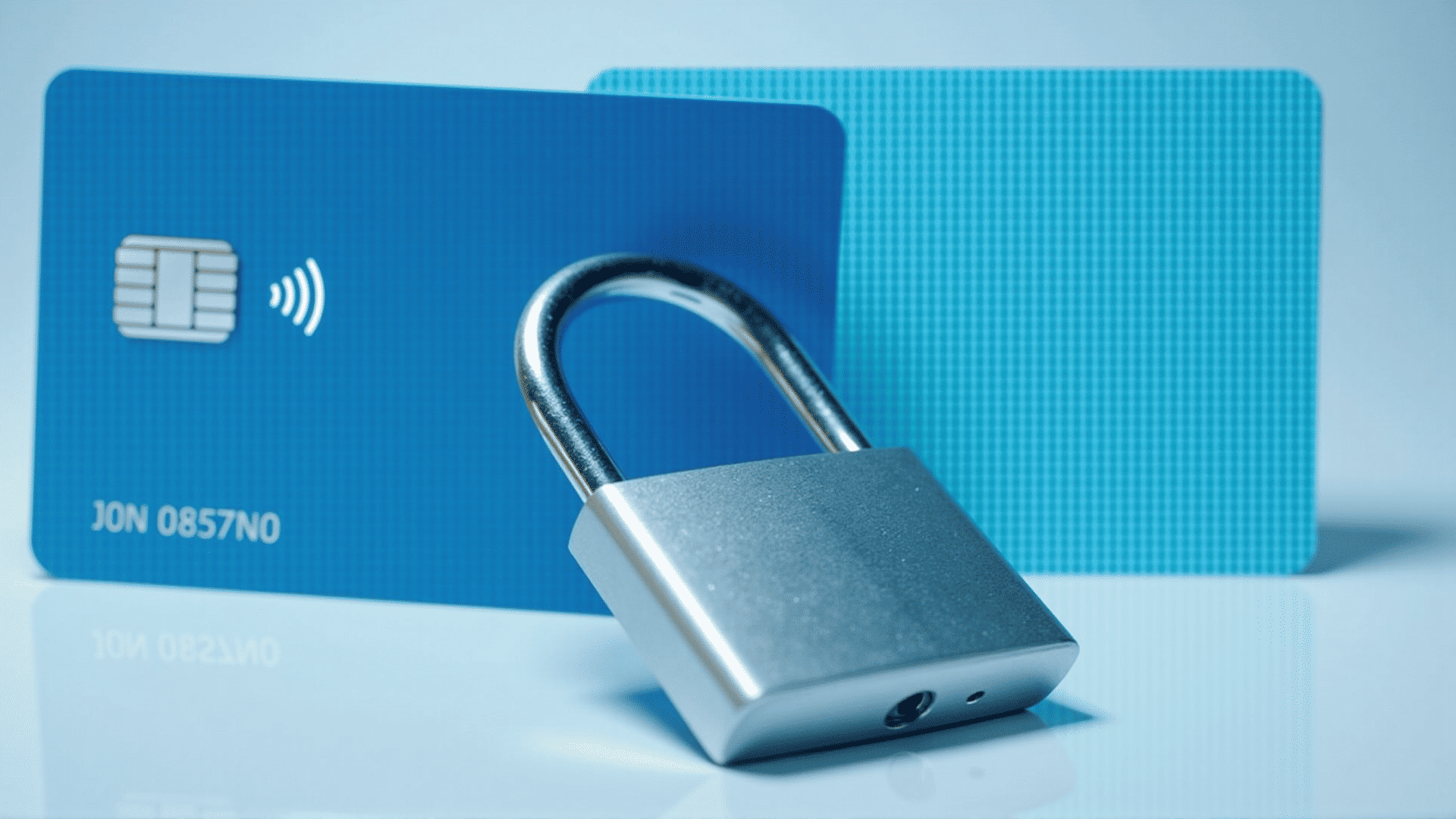In today's fast-paced digital world, where almost every transaction takes place online, the necessity for secure transaction systems has never been more critical. As technology advances, so do the tactics employed by cybercriminals, making it imperative for businesses and individuals alike to adopt state-of-the-art security measures to safeguard their financial operations. By embracing cutting-edge security technologies, users can experience peace of mind, knowing their transactions are protected from potential cyber threats.
The backbone of any secure transaction is encryption. Modern encryption techniques convert sensitive data into code, ensuring that even if information is intercepted, it remains unintelligible to unauthorized users. This encryption safeguards a user's financial details, personal information, and transaction history, making it a cornerstone of online security. Implementations such as the Advanced Encryption Standard (AES) and Transport Layer Security (TLS) are widely adopted, providing robust protection against data breaches and other malicious activities.
Beyond encryption, two-factor authentication (2FA) has become a standard in enhancing transaction security. By requiring an additional verification step—such as a biometric scan or a one-time code sent to a mobile device—2FA significantly reduces the risk of unauthorized access. This additional layer of security makes it incredibly difficult for cybercriminals to impersonate legitimate users, thereby protecting transactions from potential fraud.
Another critical component of secure transactions is the use of blockchain technology. While commonly associated with cryptocurrencies, blockchain offers a decentralized ledger system that tracks transactions in an immutable and transparent manner. This transparency ensures that all parties involved in a transaction can trust the legitimacy of its data, while its decentralized nature reduces the likelihood of any single point of vulnerability being exploited.
Financial institutions and businesses are also leveraging artificial intelligence to detect and prevent fraudulent activities in real-time. Through machine learning algorithms, AI systems can analyze transaction patterns and identify anomalies that may suggest a security threat. By promptly flagging suspicious activities, these systems allow for immediate intervention, preventing potential losses.
Moreover, regular security audits and updates are vital in maintaining transaction security. Cyber threats continuously evolve, meaning that security measures must be regularly reviewed and updated to address new vulnerabilities. By keeping systems up-to-date and conducting frequent security assessments, businesses can maintain a robust security posture that deters attackers.
Finally, fostering a culture of security awareness among users is essential. Educating customers and employees about best practices, such as recognizing phishing attempts and using strong, unique passwords, empowers them to play an active role in protecting their information.
In conclusion, as the digital landscape continues to expand, so too do the challenges associated with safeguarding transactions. By employing a multi-faceted approach that includes encryption, two-factor authentication, blockchain technology, artificial intelligence, and proactive user education, individuals and businesses can experience peace of mind in their online dealings. Embracing these state-of-the-art security measures not only protects against cyber threats but also builds trust and confidence in the digital economy, paving the way for continued growth and innovation.
